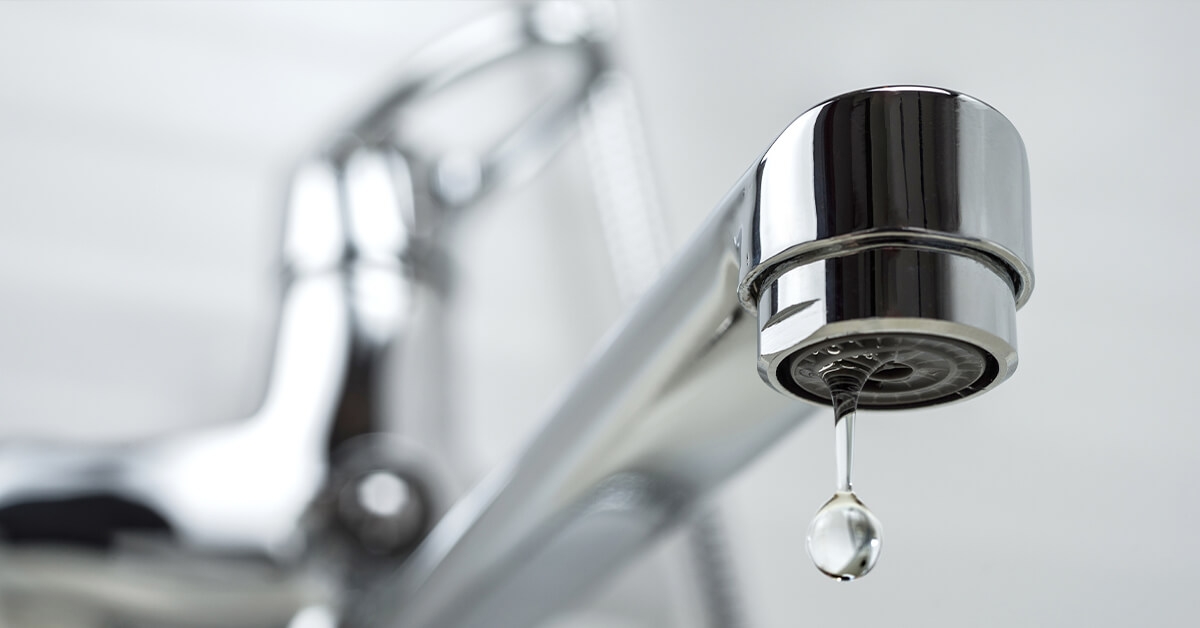
Helpful water intrusion and prevention information for you!
Our company is fast approaching our 40 year anniversary in the disaster restoration industry. Last week I marked 24 years working at our family business! So with all those years' experience, we have seen just about everything. So that got me to thinking. We all know that April showers bring May flowers, so I wanted to give you some helpful information on planning for and preventing water intrusion to your properties. Water sources that can affect your property are internal and external. Internal sources of moisture include building related systems such as plumbing and mechanical systems. External sources of water intrusion involve water entering the building through the roof, expansion joints, slab, windows, doors, etc.
Prevention:
- Insure proper drainage exists around your property and that water is routed away from the property
- Inspect and clean out roof drains and gutters to insure they are working properly
- Maintain proper sealants on roof flashingsInsp
- ect plumbing systems for signs of damage or pending failure
- Look for signs of water staining and investigate the cause (foundation leaks are a big one)
- Install or reinstall gaskets or sweeps on doors
- When working on construction projects, don't leave the property open to the environment
Response:
- Know where to shut off water sources to the building, such as water mains, fire sprinklers, etc.
- Identify resources such as response contractors who can respond quickly and if possible, negotiate a contract with them prior to needing them
- Understand your insurance coverage related to water intrusions. Typically mold, growth and remediation is excluded from insurance policies.
- You have a window of 24 to 48 hours to do a dry down before mold can occur.
- Water intrusions such as sewage, floodwaters and other sources maybe contaminated and need a more vigorous response. Potential exposure to pathogens can cause illness.
- Follow the U.S. EPA criteria outlined in its document "Mold Remediation in Schools and Commercial Buildings."
Hopefully, these tidbits will make you think of some things that you can do at your properties to prevent a water loss. Staying proactive, walking your properties and looking for the above items can potentially diffuse a costly situation!

